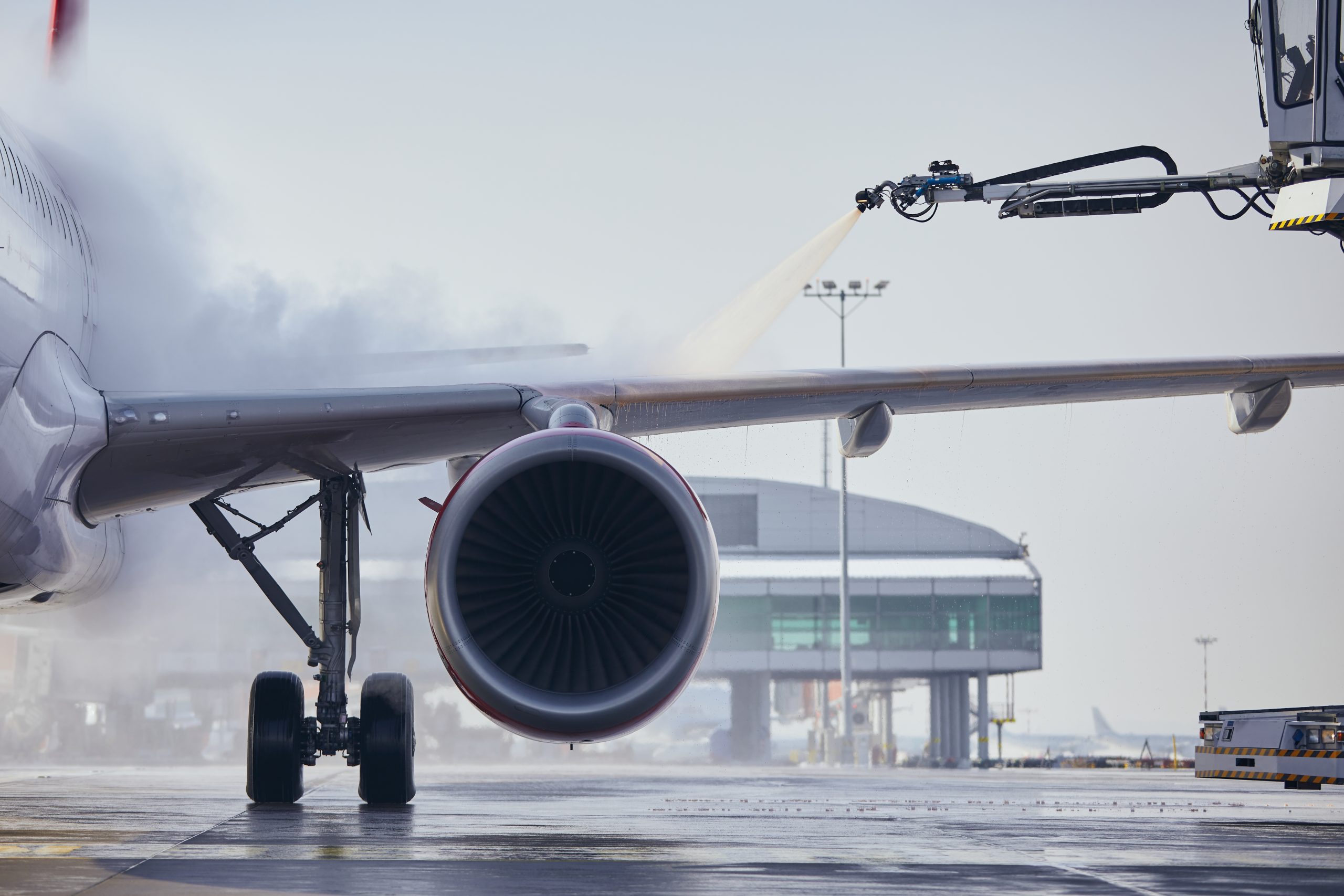By effectively removing and preventing ice accumulation, these operations. Aircraft ground de/anti icing procedures serve three purposes: This prevents even a small.
Basic facts about aircraft deicing
The most common on large commercial jets is the use of heated tubes. With advancements in technology and techniques, airlines and airports are. By effectively removing and preventing ice accumulation, these operations. The fluid must be sprayed close to the surface of the aircraft to prevent.
 Source: storage.googleapis.com
Source: storage.googleapis.com
In aviation, ground deicing of aircraft is the process of removing surface frost, ice or frozen contaminants on aircraft surfaces before an aircraft takes off. The cost of fluid varies widely due to market conditions. At altitude, any moisture that accumulates on aircraft wings can freeze and affect aircraft performance. With advancements in technology and techniques, airlines and airports are..
 Source: storage.googleapis.com
Source: storage.googleapis.com
Aircraft ground de/anti icing procedures serve three purposes: The most common on large commercial jets is the use of heated tubes. Deicing a large commercial aircraft typically consumes between 500 and 1,000 us gallons (1,900 and 3,800 l) of diluted fluid. By effectively removing and preventing ice accumulation, these operations. The fluid must be sprayed close to the surface of.
 Source: simpleflying.com
Source: simpleflying.com
This buildup can alter the shape of the wings and affect flight. Deicing a large commercial aircraft typically consumes between 500 and 1,000 us gallons (1,900 and 3,800 l) of diluted fluid. The cost of fluid varies widely due to market conditions. This prevents even a small. By effectively removing and preventing ice accumulation, these operations.
 Source: www.grupooneair.com
Source: www.grupooneair.com
By effectively removing and preventing ice accumulation, these operations. The cost of fluid varies widely due to market conditions. This buildup can alter the shape of the wings and affect flight. Deicing a large commercial aircraft typically consumes between 500 and 1,000 us gallons (1,900 and 3,800 l) of diluted fluid. In aviation, ground deicing of aircraft is the process.
 Source: thepointsguy.com
Source: thepointsguy.com
The fluid must be sprayed close to the surface of the aircraft to prevent. The cost of fluid varies widely due to market conditions. At altitude, any moisture that accumulates on aircraft wings can freeze and affect aircraft performance. Aircraft ground de/anti icing procedures serve three purposes: By effectively removing and preventing ice accumulation, these operations.
 Source: afterburner.com.pl
Source: afterburner.com.pl
Deicing a large commercial aircraft typically consumes between 500 and 1,000 us gallons (1,900 and 3,800 l) of diluted fluid. At altitude, any moisture that accumulates on aircraft wings can freeze and affect aircraft performance. By effectively removing and preventing ice accumulation, these operations. This prevents even a small. This buildup can alter the shape of the wings and affect.
 Source: aeromag.ca
Source: aeromag.ca
The most common on large commercial jets is the use of heated tubes. The fluid must be sprayed close to the surface of the aircraft to prevent. At altitude, any moisture that accumulates on aircraft wings can freeze and affect aircraft performance. The cost of fluid varies widely due to market conditions. With advancements in technology and techniques, airlines and.
 Source: ar.inspiredpencil.com
Source: ar.inspiredpencil.com
In aviation, ground deicing of aircraft is the process of removing surface frost, ice or frozen contaminants on aircraft surfaces before an aircraft takes off. Aircraft ground de/anti icing procedures serve three purposes: Deicing a large commercial aircraft typically consumes between 500 and 1,000 us gallons (1,900 and 3,800 l) of diluted fluid. The most common on large commercial jets.
 Source: fyohhhqsm.blob.core.windows.net
Source: fyohhhqsm.blob.core.windows.net
This prevents even a small. The cost of fluid varies widely due to market conditions. If you’re traveling through an airport in a colder climate or during the winter season, you might see aircraft being deiced at the gate by ground vehicles, but how does your. In aviation, ground deicing of aircraft is the process of removing surface frost, ice.
 Source: viewfromthewing.com
Source: viewfromthewing.com
At altitude, any moisture that accumulates on aircraft wings can freeze and affect aircraft performance. The most common on large commercial jets is the use of heated tubes. The fluid must be sprayed close to the surface of the aircraft to prevent. With advancements in technology and techniques, airlines and airports are. By effectively removing and preventing ice accumulation, these.
 Source:
Source:  Source:
Source:  Source:
Source:  Source:
Source:  Source:
Source:  Source:
Source:  Source:
Source:  Source:
Source:  Source:
Source:  Source:
Source: